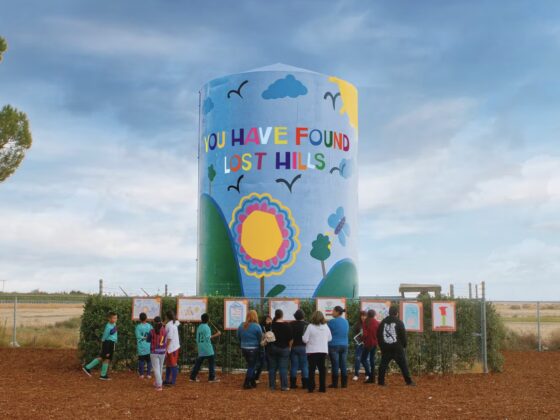— Subscribe! Whenever I hit paywalls these days, I err on the side of signing up. I’ve added several new local papers in the past few days, from all over the place—California, South Dakota, Massachusetts, Washington State. Compared with other routine outlays people make, these are not expensive, and the revenue makes a difference.
— Order and buy! Merchants need money to survive.
And here are two books I have bought, read, and enjoyed, each about realities of under-covered America:
/media/img/posts/2020/04/Eyre/original.png)
Death in Mud Lick. Eric Eyre is a celebrated reporter for the Gazette-Mail in Charleston, West Virginia. He won the Pulitzer prize, and wide admiration within his state and from reporters everywhere, for his newspaper exposés of how West Virginia became ground zero for America’s opioid epidemic. If you’ve heard stories about the tiny Appalachian towns where local pharmacies were processing millions of opioid orders, you’ve learned from Eric Eyre’s work. (He and his work play a role in the upcoming movie that Deb Fallows and I have made for HBO.)
Now he was written a gripping book about what he found and how he found it. The book is called Death in Mud Lick, and it is gripping, well-written, and revelatory. It has courtroom-drama showdowns and classic hunting-for-clues narrative tales, and overall is very much worth buying and reading.
In The New Yorker this week, Ken Armstrong had a graceful tribute to Eyre—who has been dealing with Parkinson’s disease, and who has left his newspaper job in the same week his book was published. Read that piece, then buy Eric’s book. (Here is an IndieBound link.)
Midwest Futures. Anne Trubek was a professor at Oberlin College, in Ohio, when she concluded that her destiny was to become a publisher and writer. Seven years ago in The Chronicle of Higher Education, she described what went into her decision to leave a tenured position and jump into the perilous sea of the entrepreneurial life. For instance:
It would not be going out on a limb to say that academics can be self-important. To frame the question as “Why leave? Who does that?” as I did … reveals a certain exceptionalism and a tinge of arrogance. It is a job, being a tenured professor. Just a job. Why not leave?
And so I will.
Since then she has started and run a magazine called Belt and a publishing house, based in Cleveland, called Belt Publishing. (She also wrote an Atlantic piece about her career change—and why the lower fixed costs of living in the Midwest made it possible—back in 2016.) The publishing house describes its mission as becoming a “platform for new and influential voices from the Rust Belt, the Midwest, and beyond.”
/media/img/posts/2020/04/Christman/original.png)
“Works about this region are works of national interest,” she told me on the phone this week. “Before 2016, that was a harder case to make. But now … ! But this is a fascinating place, and it is all of our futures.” You can follow her accounts of being a regional publisher, in time of the pandemic, at her Substack site, “Notes from a Small Press,” here.
One of Belt Publishing’s titles released this week is Midwest Futures, by the Michigan-based author Phil Christman. It’s a combination of history, memoir, reportage, and lit-crit that taught me a lot about a region I’ve reported on (and where Deb is from). The high-concept scheme for the book even has a midwestern touch. In the 1780s, the fledgling U.S. government surveyed the flat, farmable land of the Midwest into squares six miles on a side. Each square was then subdivided into 36 equal plats—six rows, six plats per row. You can see the residual effect on today’s land use in the aerial photo on the book’s cover—and also in the book’s organization. It is divided into six “rows,” on big themes, and each row has six “prose plats,” or component essays. This structure also makes it readable in short bursts.
“The normal gatekeepers in publishing overlook a lot of people,” Trubek told me when I asked what she was looking for in her authors. “We have fabulous writers like Phil, and I was glad to be in a position where I could say yes to him.” Check it out.
My Atlantic colleague Olga Khazan also has a new book out this week. It is called Weird: The Power of Being an Outsider, in an Insider World. I haven’t read this one yet, but I have ordered it—which as any author will tell you, is the crucial step. And—such is the bounty of one week in publishing—my colleague at New America, Cecilia Munoz, also this week is celebrating publication of her new book, More Than Ready: Be Strong and Be You . . . and Other Lessons for Women of Color on the Rise.
Buy! Read! Enjoy!




